Self Sanitizing Door Handle
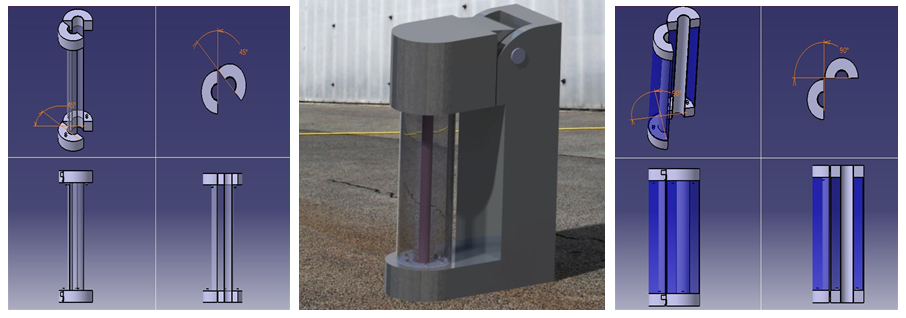
Abstract
3oth January 2020, WHO declared Covid-19 as Global Pandemic. The pandemic has disrupted the livelihood of millions of people. Covid-19 has spread across 213 countries and has become a global crisis, creating social and economic impact all over the world. An estimation says every year around 36,000 people die due to influenza spread and approximately 30% of the coronavirus has spread through unwanted touches through infected surfaces, according to an estimation globally every year 17% of patients acquire infectious disease as a result of hospital stay and unwanted touch with more than 30% of pathogens’ rate of transmission is due to door handles of ATM’s, shops, etc. Taking into account this serious series in consideration, an innovative handle is designed, a self-core ecological design, designed for existing door handles. The system uses automated electronically controlled UVC light in the range of 200 nm to 300 nm to kill the pathogen over it, eliminating traditional methods to clean/disinfect door handles. The system is integrated with a photocatalytic coating layer of Titanium Oxide TiO2 as an anti-microbial coating which gets activated during UVC exposure to improve dis-infection efficiency by 2-log reduction with reduced time to self-sterilize/clean itself.
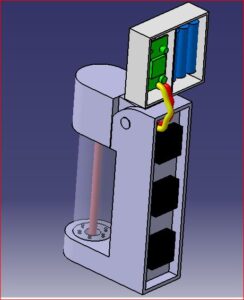
Problem Statement
Microbes are transmitted easily by contact with inanimate surfaces that have been contaminated. In particular, door knobs and door handles, especially if deployed in public places, are ready fomites for contact transfer of micro-organisms from person to person, both pathogenic and benign. This is of particular concern in public restrooms. Examples of communicable diseases that can be spread this way include conjunctivitis, hepatitis A and B, herpes simplex, influenza, common cold, measles, pertussis and adeno-/rhinoviruses. The microorganisms that cause these diseases typically survive on the surface of a door handle for hours or days. For example, the influenza virus can Survive from 2 to 8 hours on inanimate Surfaces. A large issue is touching door handles to exit a restroom after washing one’s hands. This is to no avail if the handle is contaminated. Door handles in public places other than in restrooms are equally subject to microbial contamination, especially in high-traffic locations such as stores, cinemas, shopping centers, sports arenas, etc.
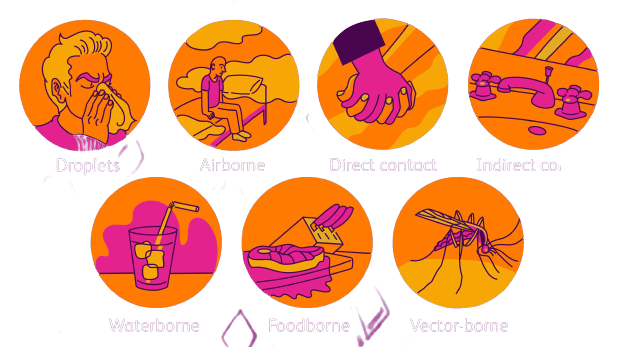
Proposed Solution
Taking into account these serious limitations associated with the current problems. We have set out a design and developed an innovative self-sanitizing door handle which gets attached to existing door handles. Our system basically uses UVC light to kill the pathogen over it, eliminating traditional ways to clean/disinfect door handles. The system is integrated with Tio2 layer which works as anti-microbial coating killing 99% of bacteria over it thus reducing disinfecting time making it more efficient.
The system basically uses UVC light to kill the pathogen over it, eliminating traditional ways to clean/disinfect door handles. The system is integrated with Tio2 layer which works as anti-microbial coating killing 99.9% of bacteria over it thus reducing disinfecting time making it more efficient. The working of door handle is divided into three stages:
- UVC as germicidal
- Handle material and antimicrobial coating
- Electronics
1. UVC as germicidal
- As mentioned earlier our system uses UVC waves for killing pathogens over the handle.
- As evident by multiple research studies and reports, when biological organisms are exposed to deep UV light in the range of 200 nm to 300 nm it is absorbed by DNA, RNA, and proteins.
- Absorption by proteins can lead to rupture of cell walls and death of the organism. Absorption by DNA or RNA (specifically by thymine bases) is known to cause inactivation of the DNA or RNA double helix strands through the formation of thymine dimers.If enough of these dimers are created in DNA, the DNA replication process is disrupted, and the cell cannot replicate.

Fig. UVC as germicidal. Retrived from: https://www.esmagazine.com/articles/100037-killing-airborne-germs-with-ultraviolet-germicidal-irradiation
1. Handle material and Antimicrobial material
- The first and second version handle uses material of PVC plastic unit’s inner which can split apart for fitting over existing door.
- The second version handle is equipped with a coating of fused glass to make it more effective
- Followed with the fused glass both the handles are coated with thick layer or titanium dioxide (TiO2) which get activated and acts a microbial coating when exposed to UV.
- Titanium dioxide is believed to be unique in that it primarily acts as a photo catalyst using UV light and is not consumed in the reaction. Titanium dioxide can be used in many formulations that exhibit antimicrobial activity against all types of microorganisms.
Fig. TiO2 as germicidal. Retrived from: ScienceDirect; paper: Titanium dioxide (TiO2) photocatalysis technology for nonthermal inactivation of microorganisms in foods.
3. System Electronics
- The device uses 3 UVC led and three normal led, three UVC led helps to kills pathogens while remaining three Lee’s generate UV rays of higher spectrum wavelength for activating titanium dioxide layer.
- The handle works in such a way that when the user opens the door and when he releases the handle the UV lights inside get activated.
- There are two types of handle light activation one is push button type and another is automatic types by sensors.
- The system run on 12V lithium-ion battery which can run the system for 7 days on a single
- Parallely the setup operation was made autonomous using Arduino with vibration sensor for better sensitivity, where when user opens door, the system turns ON and sanitize door handle with UVC exposure for 15sec, then it turns off. If the user open door vibrations are sensed and after specific time period of 3sec when the door closes the system turns ON and Off for disinfection of surface.
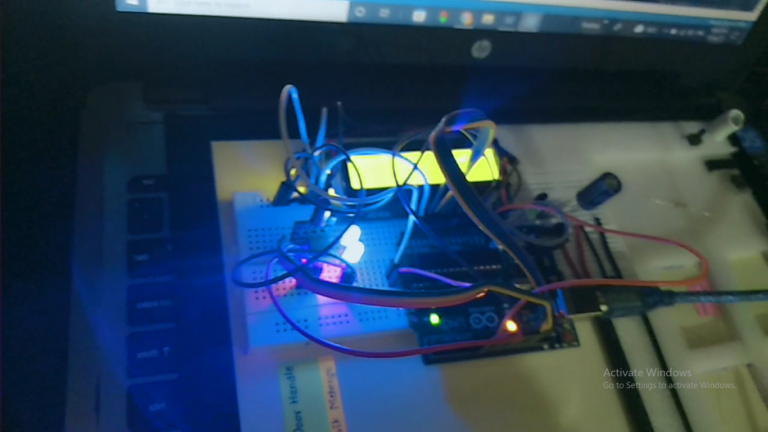
Fig. System electronics with Arduino as a controller
3. Schematic Design of Door Handles
Currently i’ve have developed three types of door handle versions:
- Version 1: Handle which can be fitted to existing door-handles.
- Version 2: Public malls, shops, hospitals, local use door handle compatible over existing handle.
- Version 3: Standard ready to use door handle or ATM door handle.
Version 1
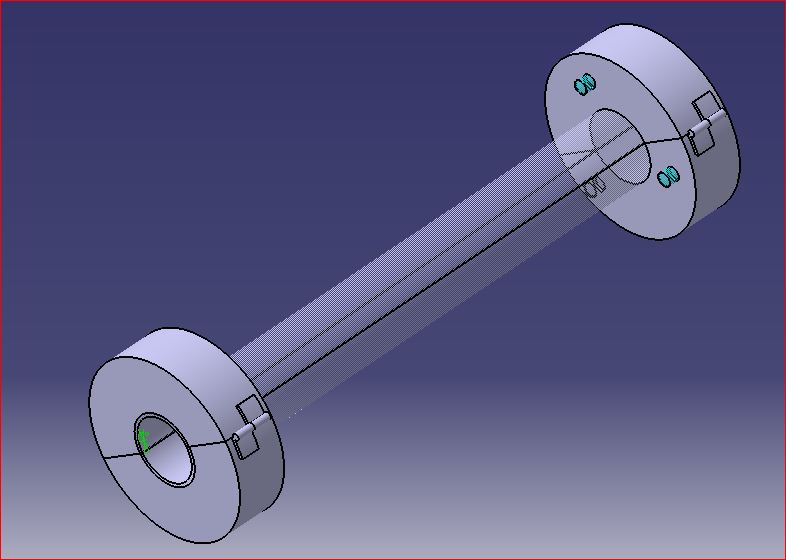
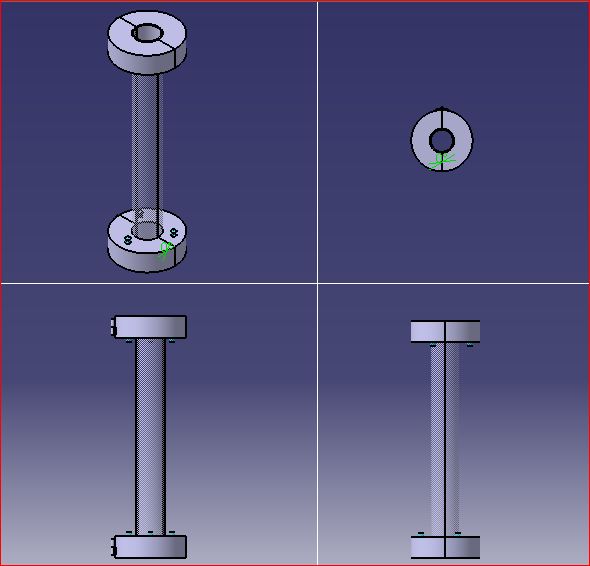
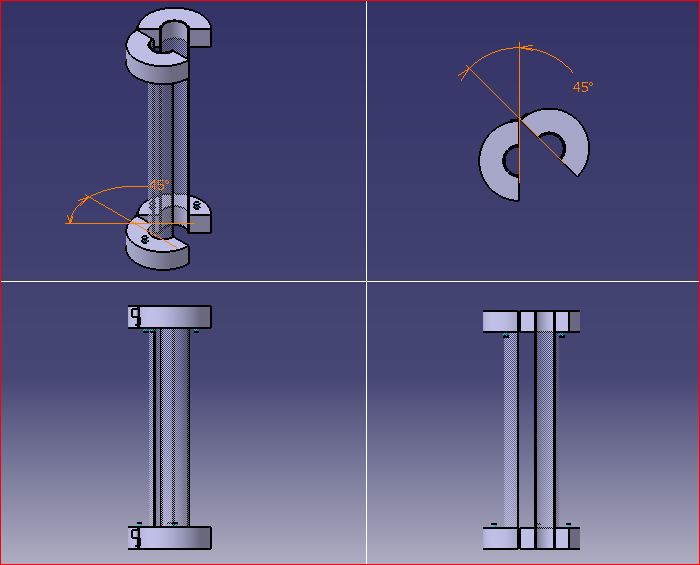
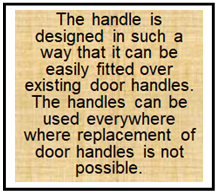
Version 2
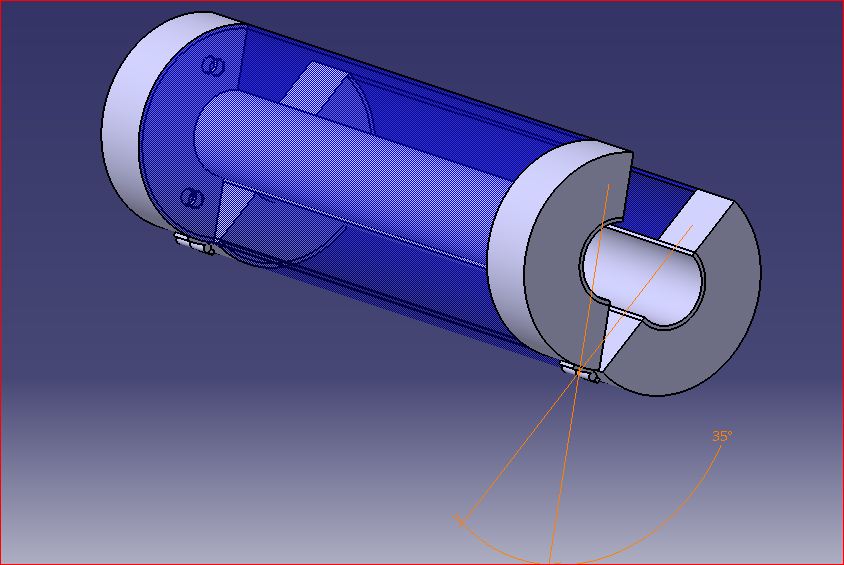

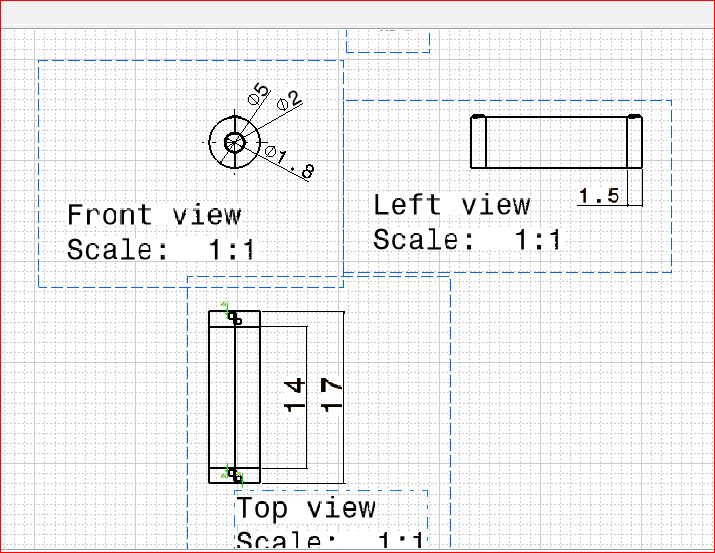
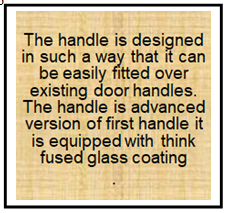
Version 3
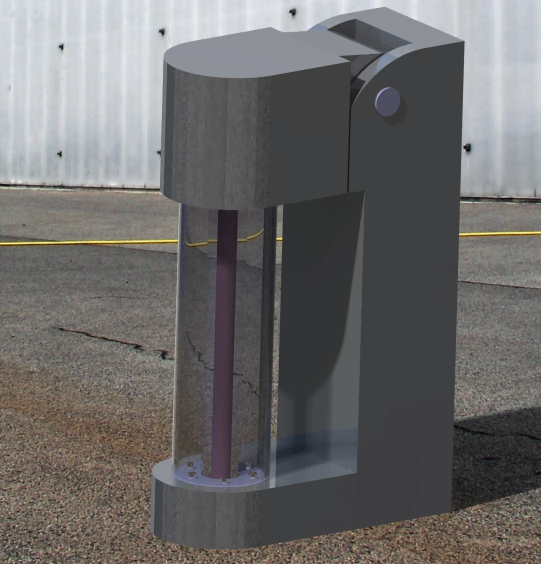
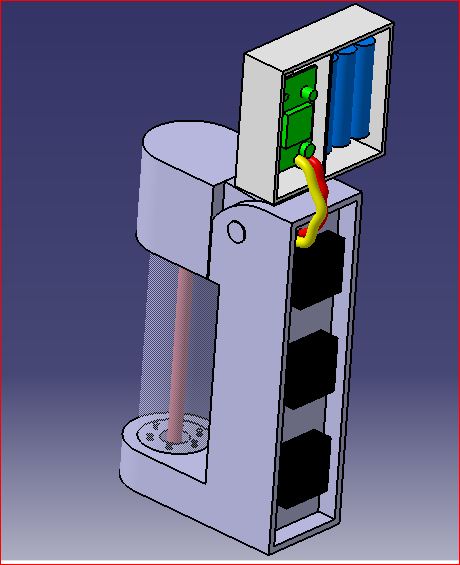
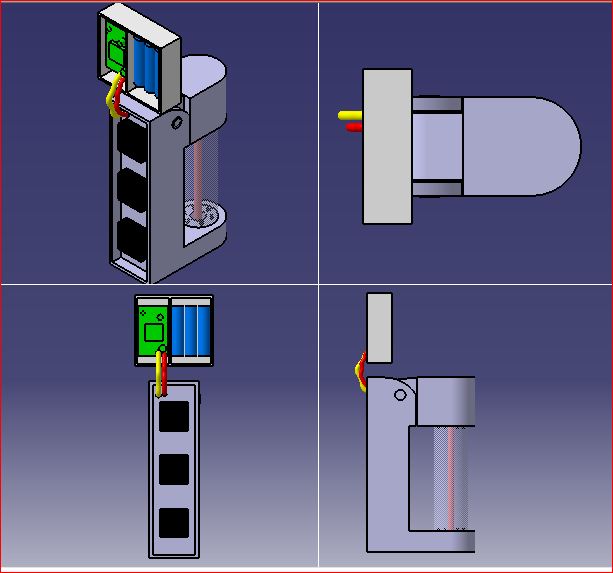

Electronics Demo Video
Tools Used
- Hardware Design: Catia, Solidworks and Fusion 360.
- Electronic ckt simulation: Proteus.
Acknowledgement
All thanks to IIIT Delhi for funding the 4th Version of Handle which is currently under Patent application (IN 202221004294).